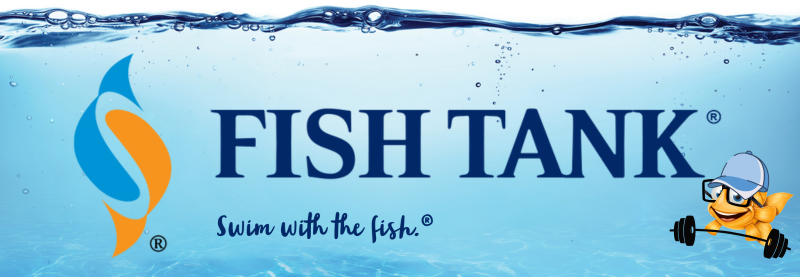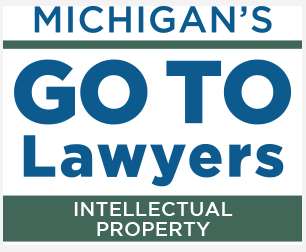Intellectual Property Insights from Fishman Stewart PLLC
Newsletter – Volume 24, Issue 26
Share on Social

Gourd-geous Patents: Seasonal Insights into Innovation and Creativity
By Cecily Anne O’Regan
As the weather cools and we approach Thanksgiving, many of us look forward to quality time with family and friends. Our gatherings at this time of year often feature pumpkin decorations and pumpkin culinary creations. But gourds are more than just pretty carved faces or foundations for tasty dishes. Pumpkin related patents can provide insights into agricultural innovation, food technology, and decorative products.
According to U.S. Patent and Trademark Office (“USPTO”) patent records, the earliest pumpkin related U.S. patent issued in 1903 for a machine used to divide pumpkins (US0740119 A). From there, the US Patent Office has issued over 100 patents to protect a variety of pumpkin related technology. Patents have issued for everything from tools to processing machines, food products, lights, toys, decorations, and plant hybrids, to name a few.
For instance, if you wanted to bring back the pumpkin pickle for your Thanksgiving meal, you need go no further than to check out US3650772 issued in 1972. The flavor profile of this culinary delight includes cinnamon, cloves, allspice, mustard seed, nutmeg, and ginger root.
The most recent pumpkin related US patent, US12102051 B2, issued October 1, 2024, for a Hybrid plant named popcorn—it’s not clear if the pumpkin tastes like popcorn or popcorn is just the whimsical name for this varietal based on its cream-colored fruit.
Whimsy aside, pumpkin related patents are a good reminder that patents can be secured for a wide variety of products—potentially even for aspects of products you might not have thought were patentable.
A key strategy is to consider the features that are likely to cause a purchaser to make a purchasing decision and then evaluate the type of patents that might be available. As always, it is important to make the decision about whether to pursue patents before making a public disclosure or offering a product for sale (which could destroy patent rights). The decision to file for a patent needs to make business sense when the cost benefit is evaluated. For example, will a patent provide a competitive advantage in the marketplace? Does the market size or manufacturing capability in other countries lean towards obtaining patent coverage outside the U.S.? If so, where?
As you get ready to celebrate the holiday, remember even the humble pumpkin provides a gourd-geous example of patent strategy.
Cecily Anne O’Regan, a partner at Fishman Stewart based, is based in Silicon Valley and Boston with thirty years of experience working with entrepreneurs and start-up companies to develop patent portfolios that provide a sustainable competitive advantage. During her career she has worked on everything from surfboards to semiconductors. In addition to working as a patent attorney she also mentors young practitioners and has both taught in and guest lectured for several business schools. Her full bio is here.

Related Content from Fishman Stewart
Despite her pseudo-legal background in Suits, Meghan has been running into one issue after another in her efforts to register the trademark and logo for her new lifestyle company, for now, called “AS EVER”.
By 1930, efforts began in New York to replace Mother's Day with Parent's Day because men were more than just breadwinners. Those efforts didn't catch on, probably because in that era, women often spent more time in the home.
In February, Nike and Skims announced that they will be working together on a new brand, NikeSkims. The co-brand will create a new line of training apparel, footwear, and accessories specifically designed to meet the unique needs of women athletes.
Generally, federal courts have exclusive jurisdiction over copyright cases, and often, this presents an insurmountable paywall for individual artists and small businesses to vindicate their rights, especially where the value of the individual copyrighted works are relatively low.
Dedicated to raising public awareness about the importance of encouraging innovation and creativity throughout the world, the World Intellectual Property Organization (WIPO) annually observes World Intellectual Property Day on April 26 to showcase the role that patents, trademarks, industrial designs, copyrights and trade secrets play in our everyday lives.
Hold onto your foam fingers, sports fans – college sports just got a whole lot more interesting! The latest updates to Name, Image, and Likeness (NIL) rules are making student-athletes bigger than ever, and it’s not just about the game anymore.
Did a federal court in Louisiana recently decide that US copyrights are global rights? It seems so.
L.A.B. Golf aims to protect its innovations, and therefore its market position, owning three patents for its zero-torque design. The question now is whether L.A.B. Golf can withstand the wave of copycat designs.
One of his most famous songs, “Lose Yourself” was recently at the center of a lawsuit. In 2019, Eminem’s publishing company Eight Mile Style sued Spotify claiming that Spotify streamed a number of its musical compositions without proper licenses.
Our latest article tackles three common trademark questions: 1. Can I trademark my own name? 2. Can I trademark the name of a fictional character? 3. Can I trademark the name of a U.S. president or British royal?
IDENTIFYING, SECURING AND ADVANCING CREATIVITY®
















